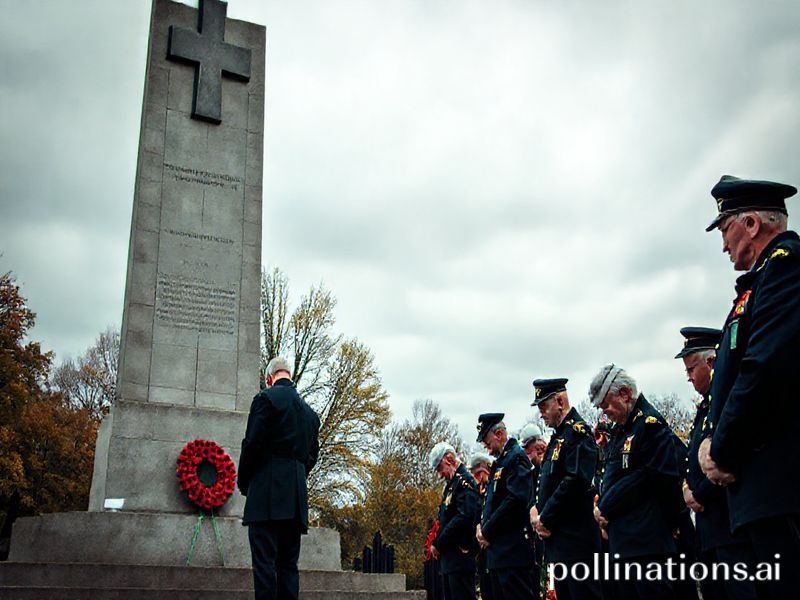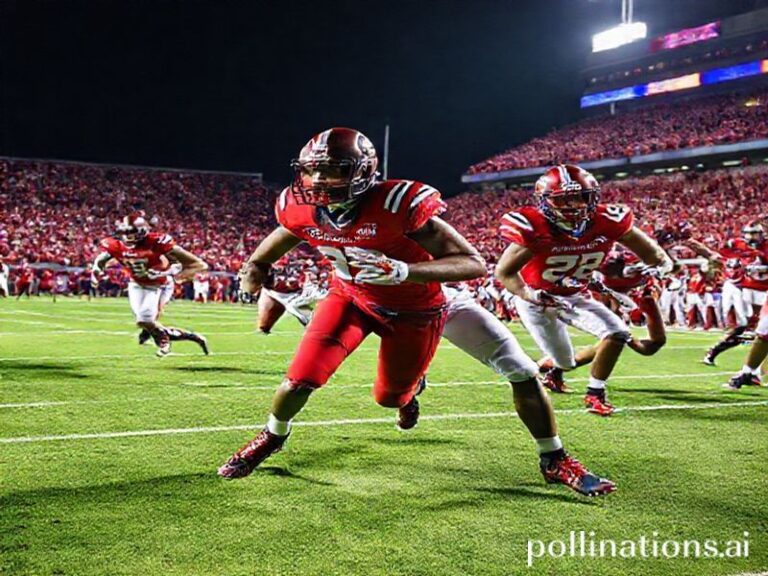Poppies, Pops, and Global Impact: Why Remembrance Day is Trending Worldwide
**Poppies, Pops, and Global Impact: Why Remembrance Day is Trending Worldwide**
Alright, internet denizens, buckle up! We’re diving into a trend that’s not just about memes or the latest TikTok dance. It’s about poppies, poignant moments, and global unity. Yes, we’re talking about Remembrance Day, and it’s trending worldwide. But why? Let’s break it down, add a dash of wit, and explore the cultural significance of this day that’s more than just a hashtag.
**The Basics: What’s Remembrance Day?**
For the uninitiated, Remembrance Day is observed on November 11th to recall the end of World War I in 1918. It’s a day to honor the sacrifices of the armed forces and civilians in both World Wars and later conflicts. The red poppy, a symbol of remembrance, is worn in many countries to show support for veterans and those who lost their lives in war.
**Why’s It Trending?**
1. **Social Media’s Global Reach**: Thanks to platforms like Twitter, Instagram, and Facebook, Remembrance Day has gone viral globally. People share photos of poppies, personal stories, and tributes, creating a digital wave of remembrance that transcends borders.
2. **The Royal Touch**: The British Royal Family’s involvement adds a touch of glamour and gravitas. Their public appearances at ceremonies and the annual Royal British Legion Festival of Remembrance at the Royal Albert Hall garner international attention.
3. **The Power of Symbolism**: The red poppy is a potent symbol. It’s simple, striking, and universally recognized. It’s the perfect visual for social media, making it easy for people worldwide to participate and show their support.
4. **Educational Impact**: Schools and universities worldwide use Remembrance Day as an opportunity to educate students about the realities of war and the importance of peace. This educational focus ensures that the day remains relevant and meaningful to younger generations.
**Cultural Context and Social Impact**
Remembrance Day isn’t just about looking back; it’s about looking forward. It’s a day that encourages reflection, gratitude, and unity. Here’s how it impacts different cultures:
– **United Kingdom and Commonwealth Countries**: Remembrance Day is a significant event, marked by two minutes of silence at 11 a.m. on the 11th day of the 11th month, the exact time and date when the armistice was signed. The Royal British Legion’s “Poppy Appeal” is a major fundraising event to support serving and ex-serving members of the British Armed Forces and their families.
– **United States**: Veterans Day, observed on the same day, honors military veterans. It’s a federal holiday with parades, speeches, and moments of silence. The red poppy is also worn, but the blue cornflower is gaining traction as an alternative symbol of remembrance.
– **Europe**: Many European countries observe Remembrance Day or similar events. In France, for instance, November 11th is a national holiday known as Armistice Day, marked by ceremonies and the laying of wreaths at war memorials.
– **Online Communities**: Beyond physical events, online communities come together to share stories, create digital memorials, and support veterans. Hashtags like #RemembranceDay, #LestWeForget, and #PoppyAppeal trend globally, fostering a sense of digital unity.
**Why It’s Significant**
Remembrance Day is significant because it reminds us of the cost of war and the importance of peace. It’s a day to honor the bravery of those who fought and continue to fight for our freedoms. It’s a day to support veterans and their families. And in an increasingly divided world, it’s a day that brings people together, transcending borders, cultures, and languages.
So, as you scroll through your feeds and see the sea of red poppies, remember that you’re not just witnessing a trend. You’re part of a global movement of remembrance, gratitude, and unity. And that, dear internet dwellers, is something worth sharing.







